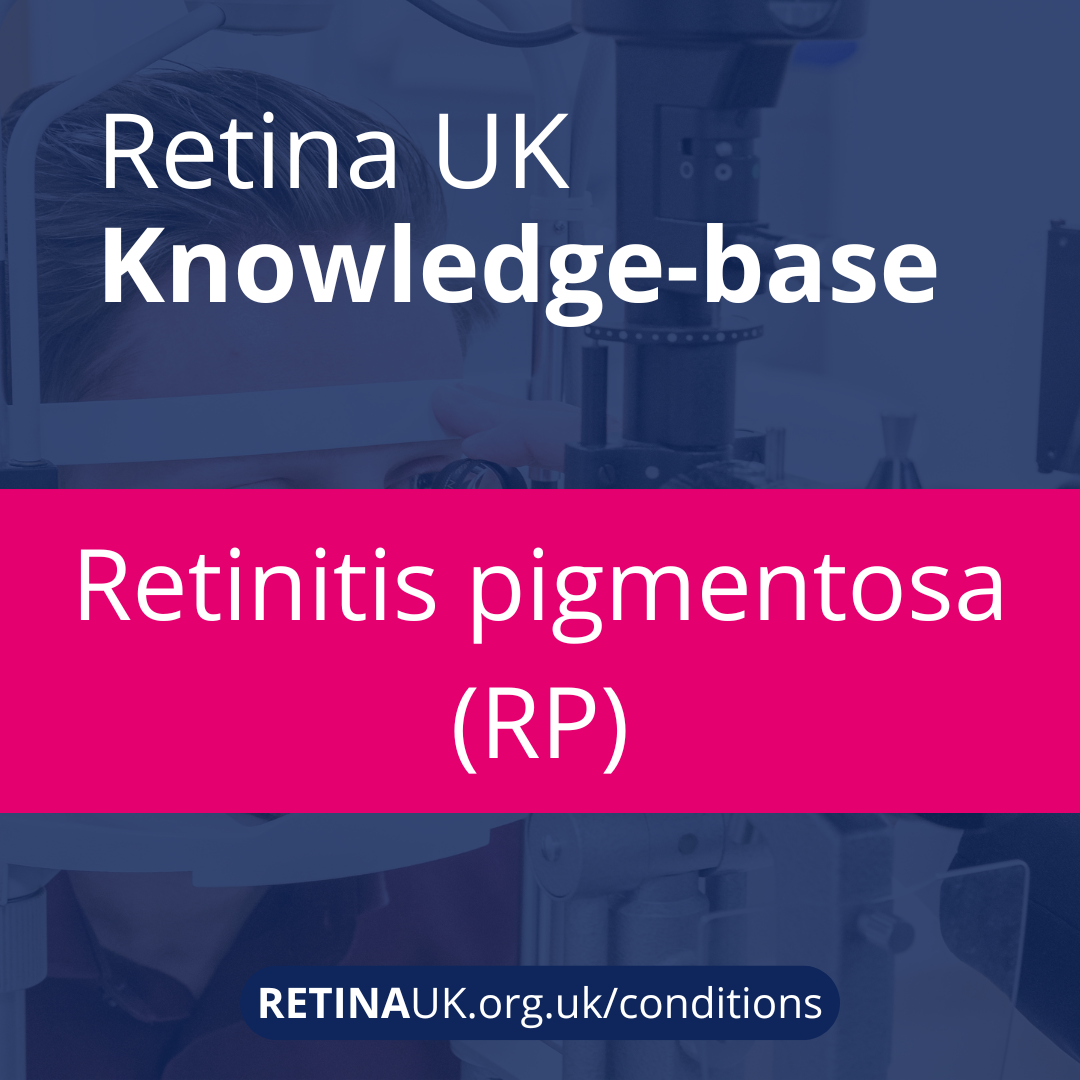
Retinitis pigmentosa
Retinitis pigmentosa (RP) is an inherited eye condition that affects the photoreceptor cells responsible for capturing images from the visual field.
Inherited progressive sight loss is caused by a range of rare genetic conditions. We specialise in those which affect the retina.
The defining features of conditions covered by Retina UK are that:
The mutations cause failure of a particular structure or function within retinal cells, ultimately leading to degeneration of the cells and subsequent sight loss.
The mutations are almost always inherited from one or both parents, even in situations where both parents have healthy eyesight. In a tiny proportion of cases, the mutation appears for the first time in the affected person and is not carried by either parent.
Genetic retinal conditions usually cause vision problems that start in childhood or early to mid-adulthood.
Vision problems starting later in life (50s or 60s) onwards are less likely to have a direct genetic cause, although this is possible. Most
Retina UK conditions are progressive, becoming gradually worse over time, although a small number are “stationary”; they may be present at birth but do not progress.

Retinitis pigmentosa (RP) is an inherited eye condition that affects the photoreceptor cells responsible for capturing images from the visual field.
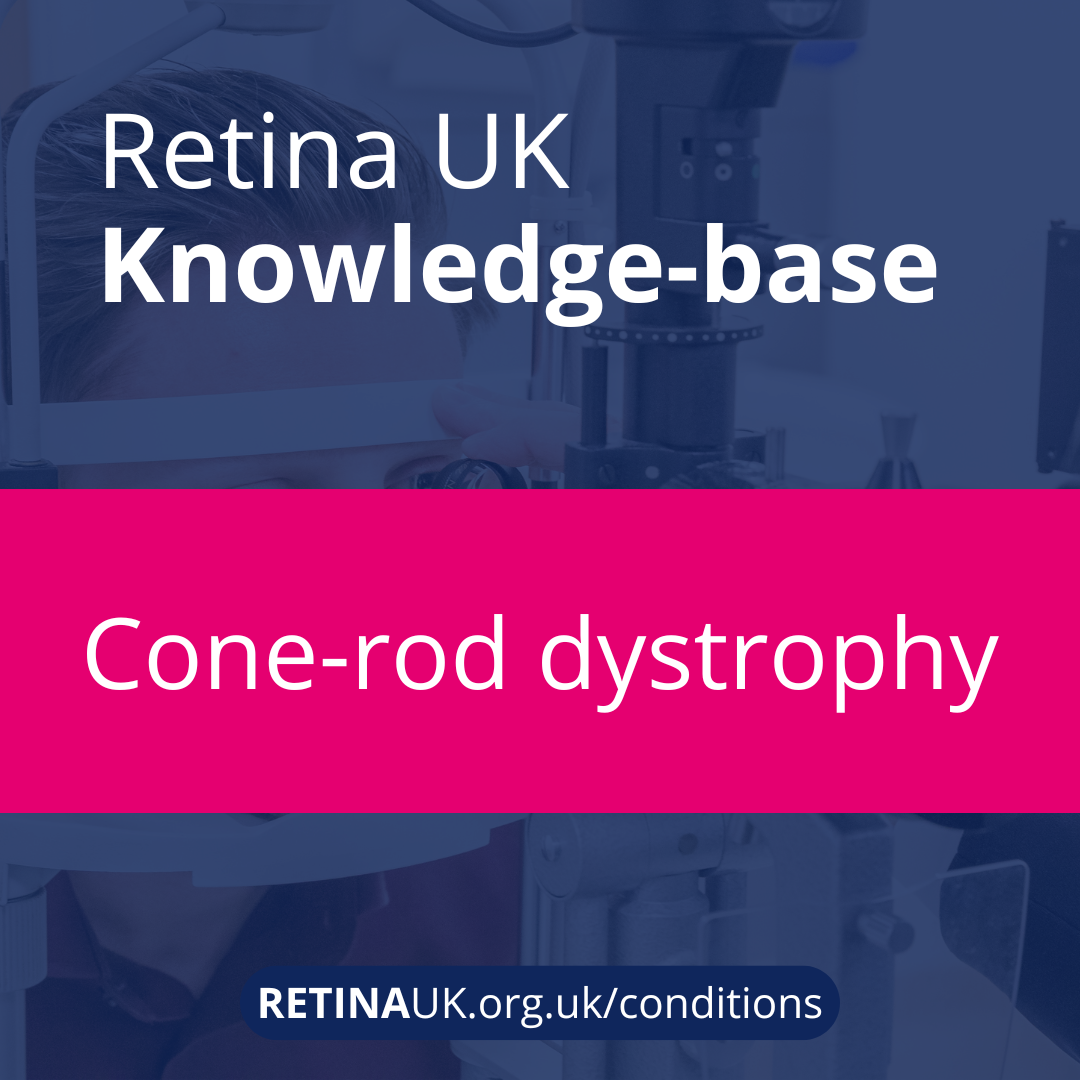
Cone-rod dystrophies are a group of inherited diseases that affect the photoreceptor (light sensing) cells that are responsible for capturing images from the visual field.
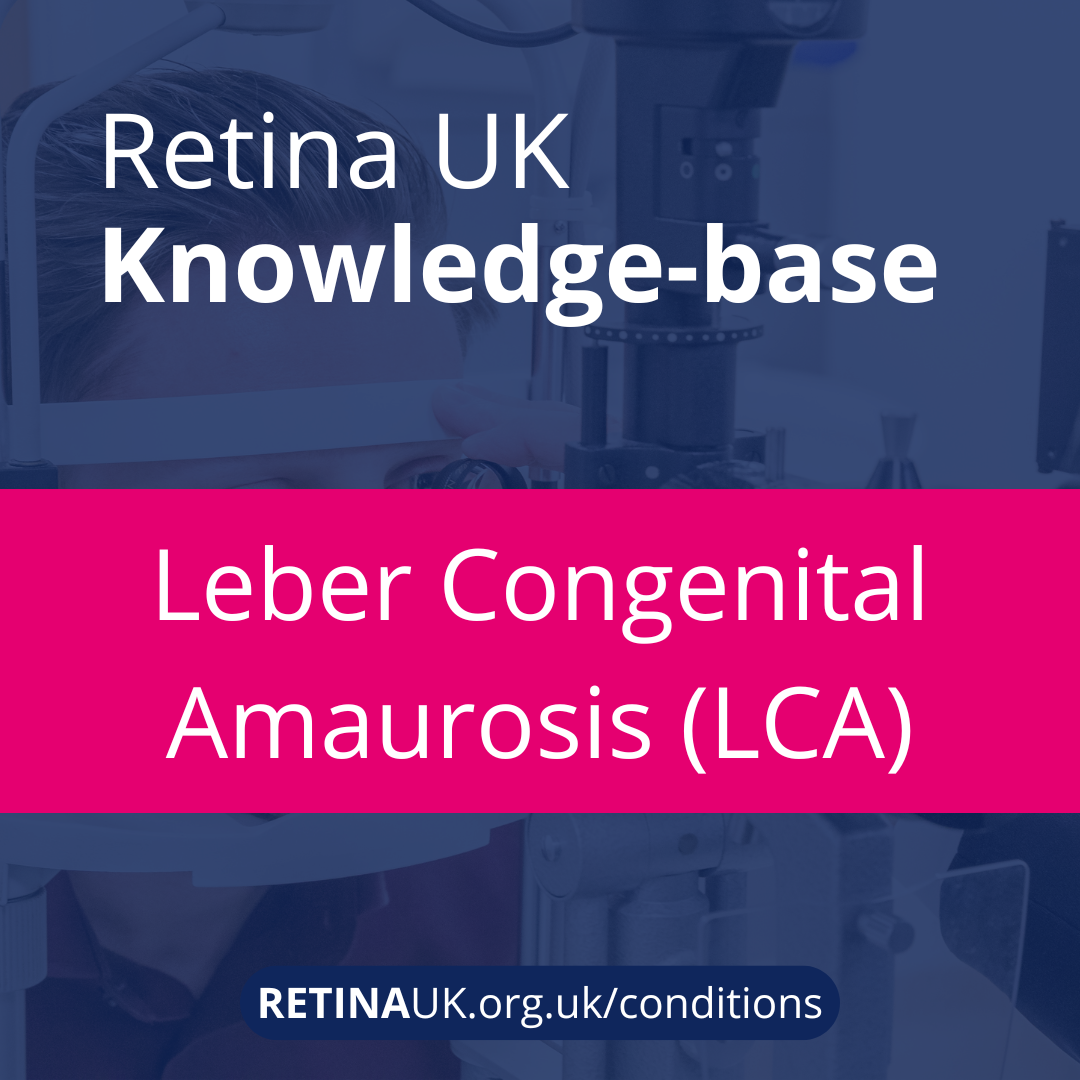
Leber Congenital Amaurosis (LCA) is a rare genetic eye disease that appears at birth or in the first few months of life.
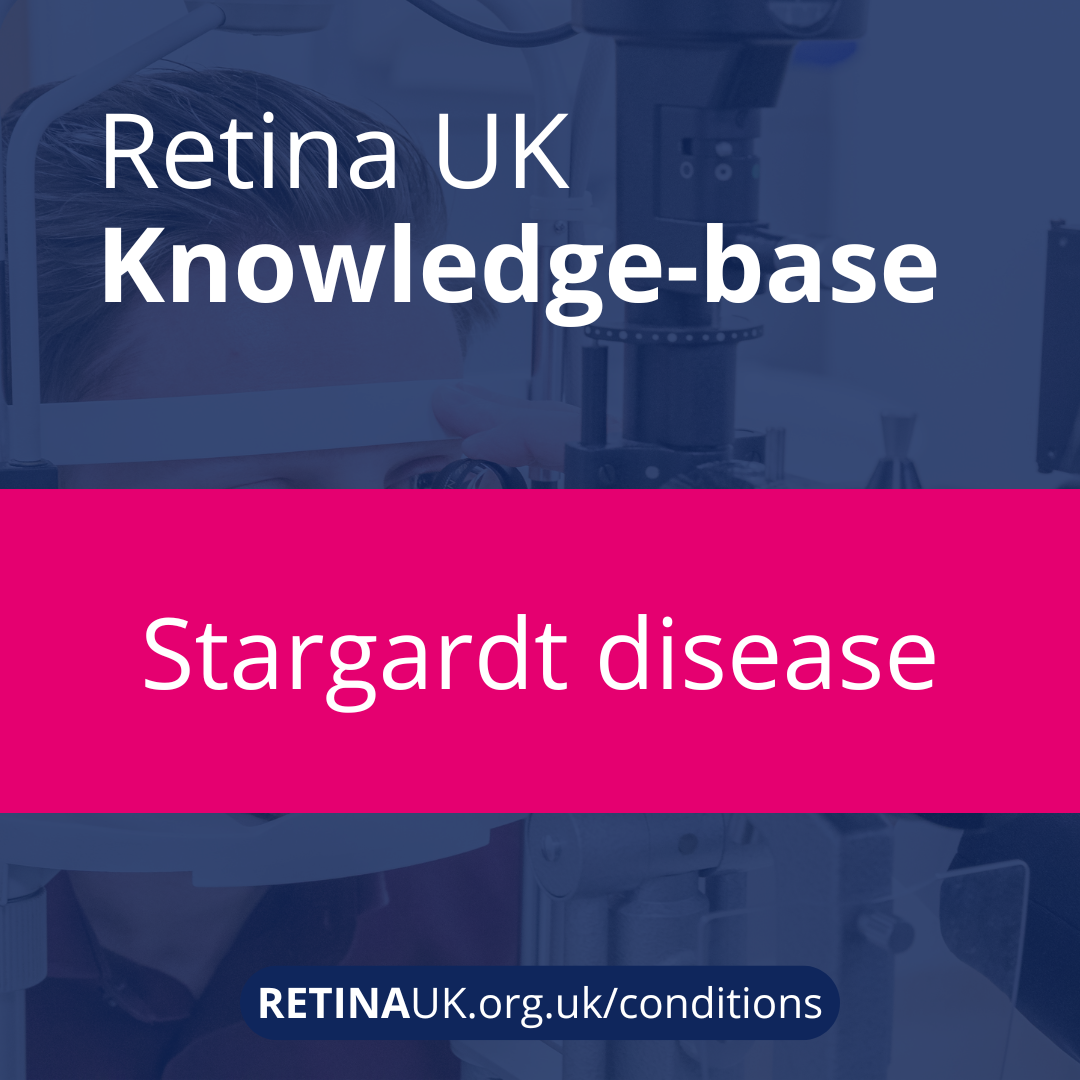
Stargardt disease is the most common form of juvenile macular dystrophy (or inherited degeneration).
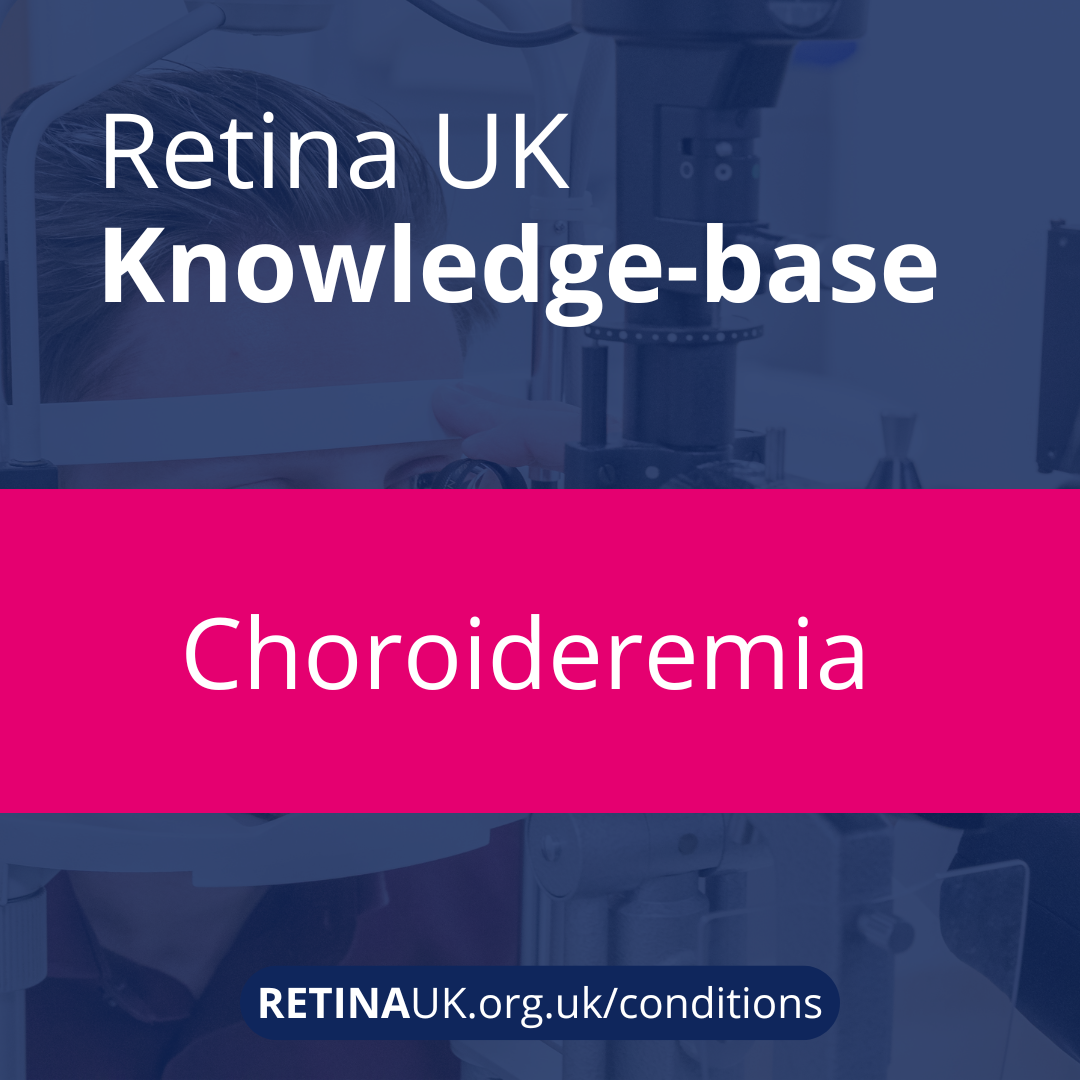
Choroideremia is a genetic condition that causes progressive vision loss, mostly in males.
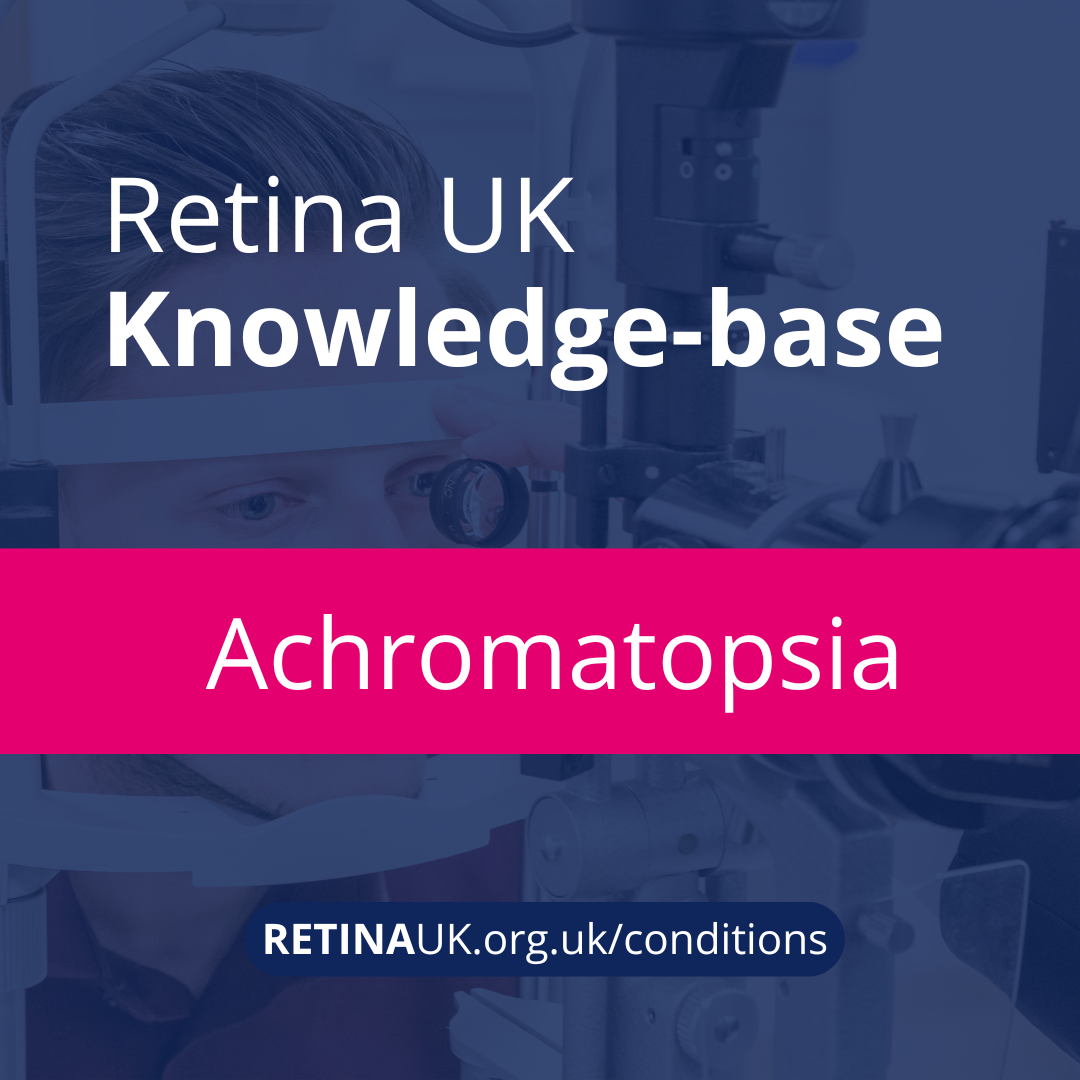
Achromatopsia is a rare hereditary vision disorder affecting approximately 1 in 30,000 newborn babies.
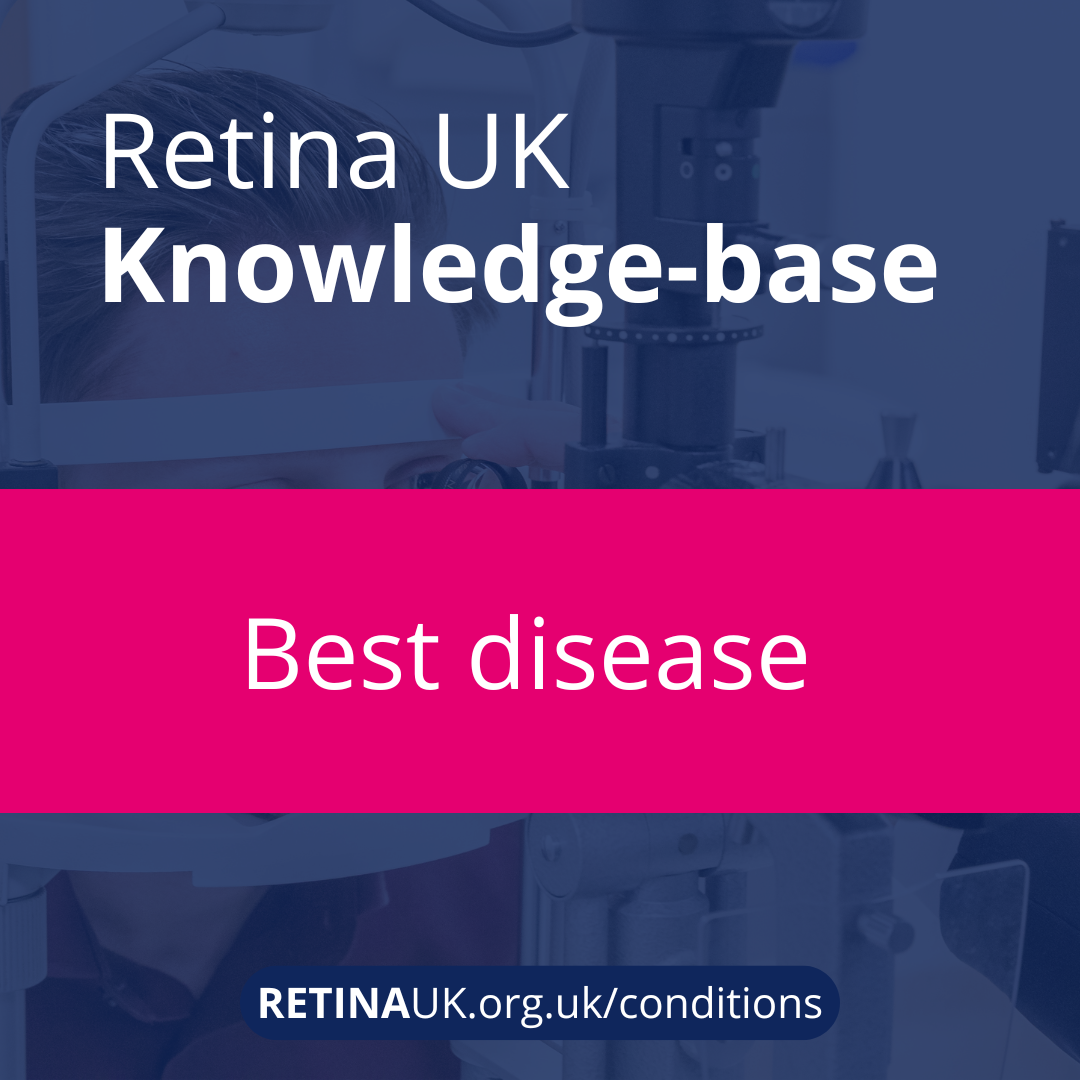
Best disease, also known as Best vitelliform macular dystrophy (BVMD), is is an inherited eye condition associated with progressive degeneration of the macula and is a form of juvenile macular dystrophy.
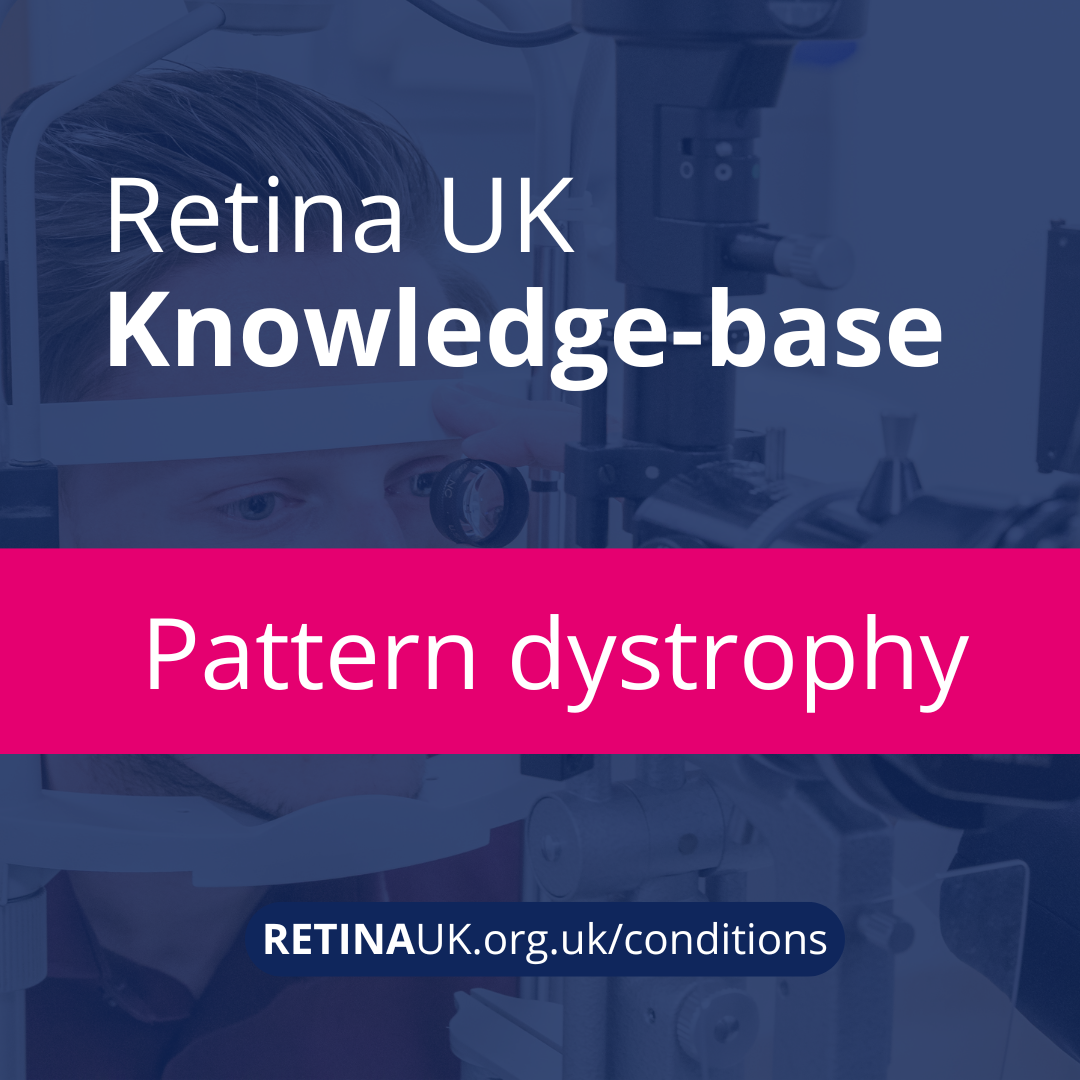
Pattern dystrophy is an umbrella term for a group of retinal conditions. It is characterized by various patterns of pigment deposition within the macula.
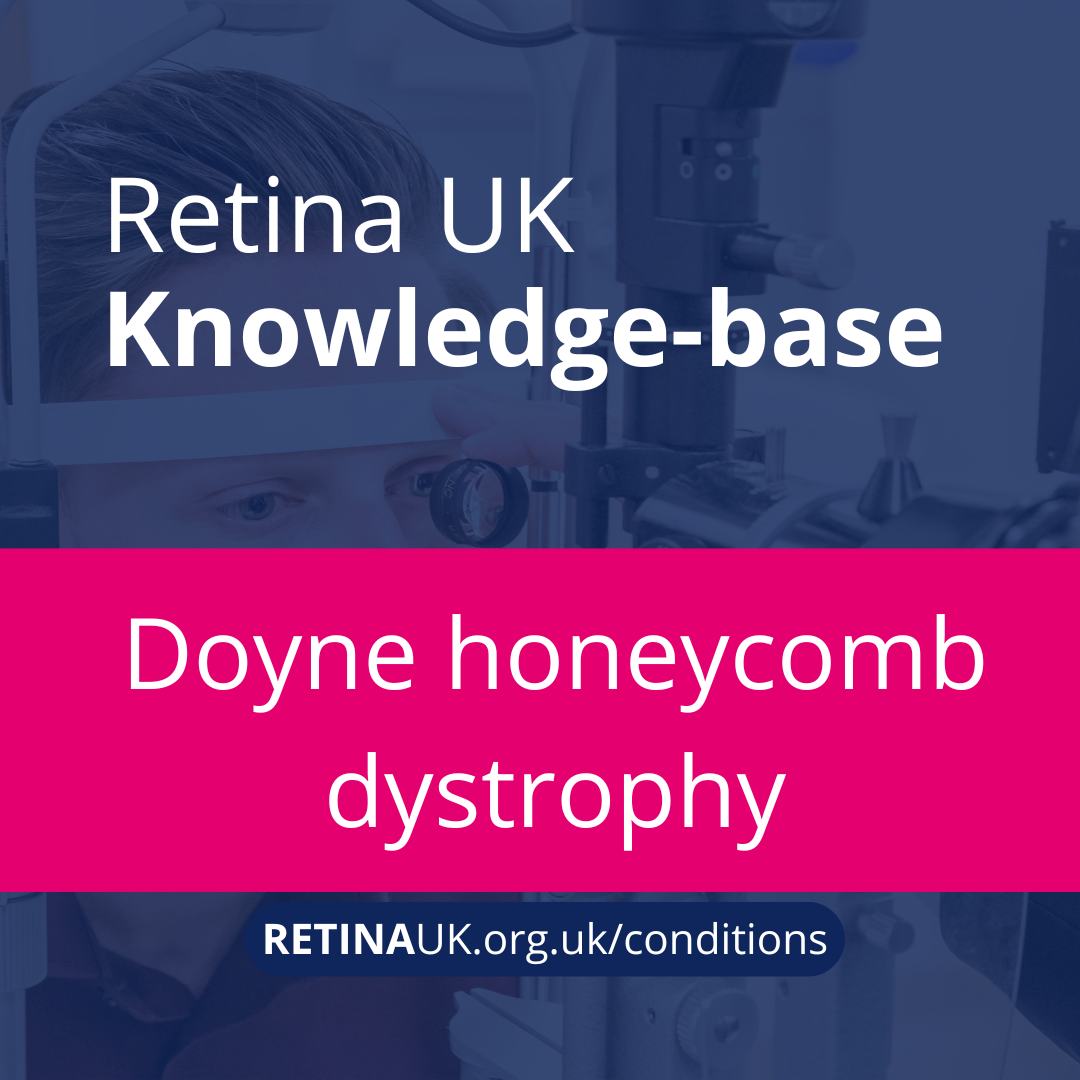
Doyne honeycomb dystrophy is an inherited disorder which causes progressive sight loss.
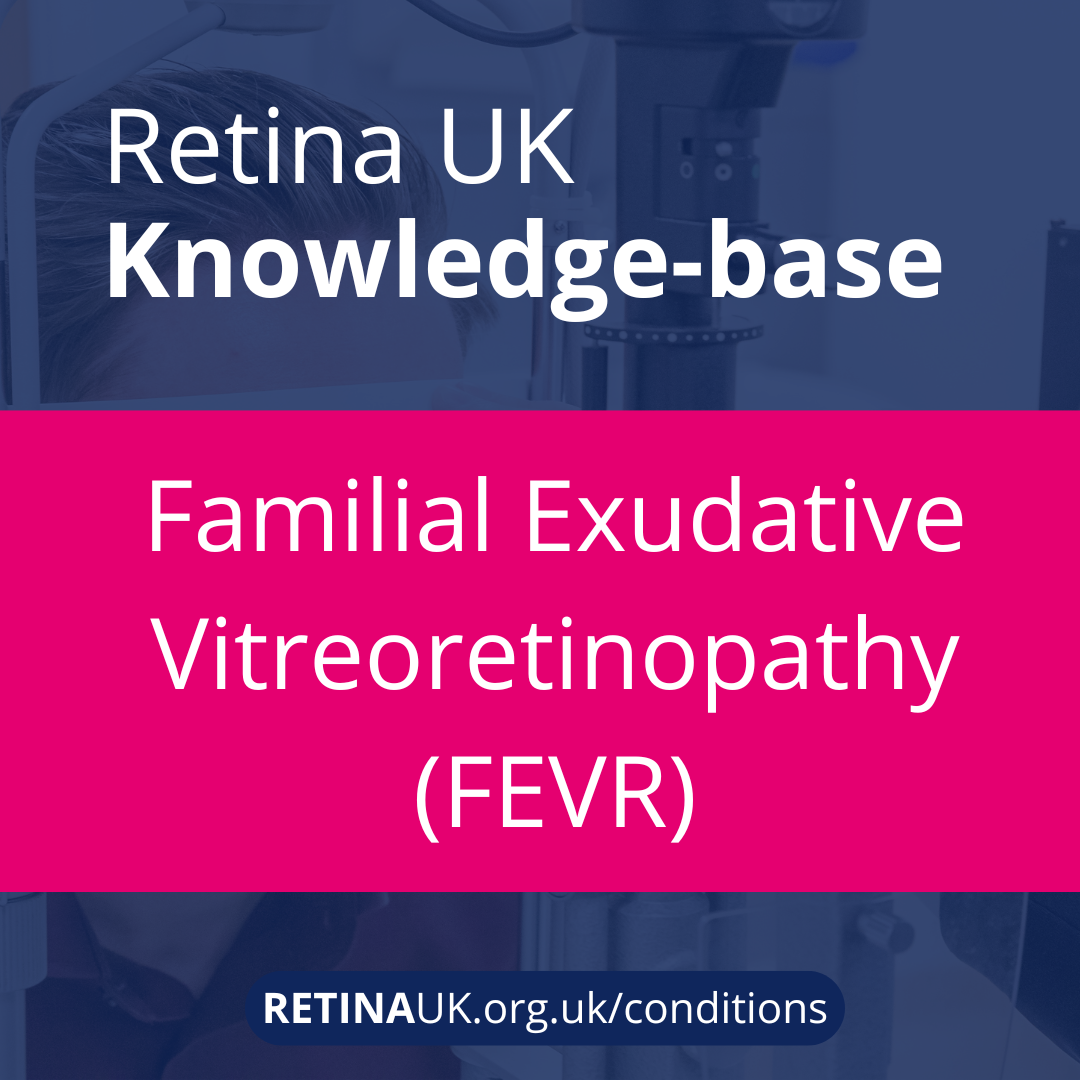
Familial Exudative Vitreoretinopathy (FEVR) is an inherited disorder that causes progressive vision loss.
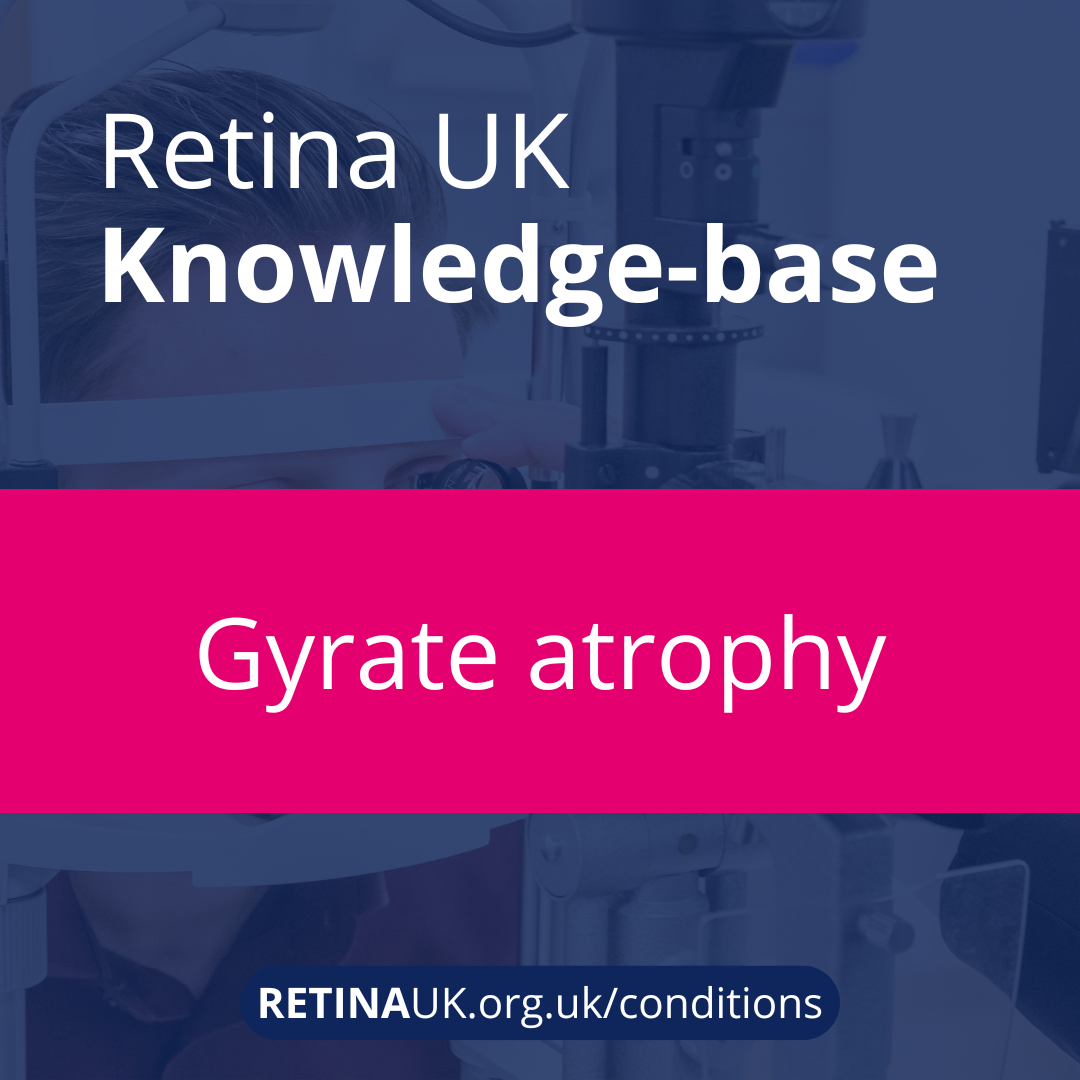
Gyrate atrophy of the choroid and retina, shortened to gyrate atrophy, is an inherited disorder of protein metabolism characterised by progressive vision loss.
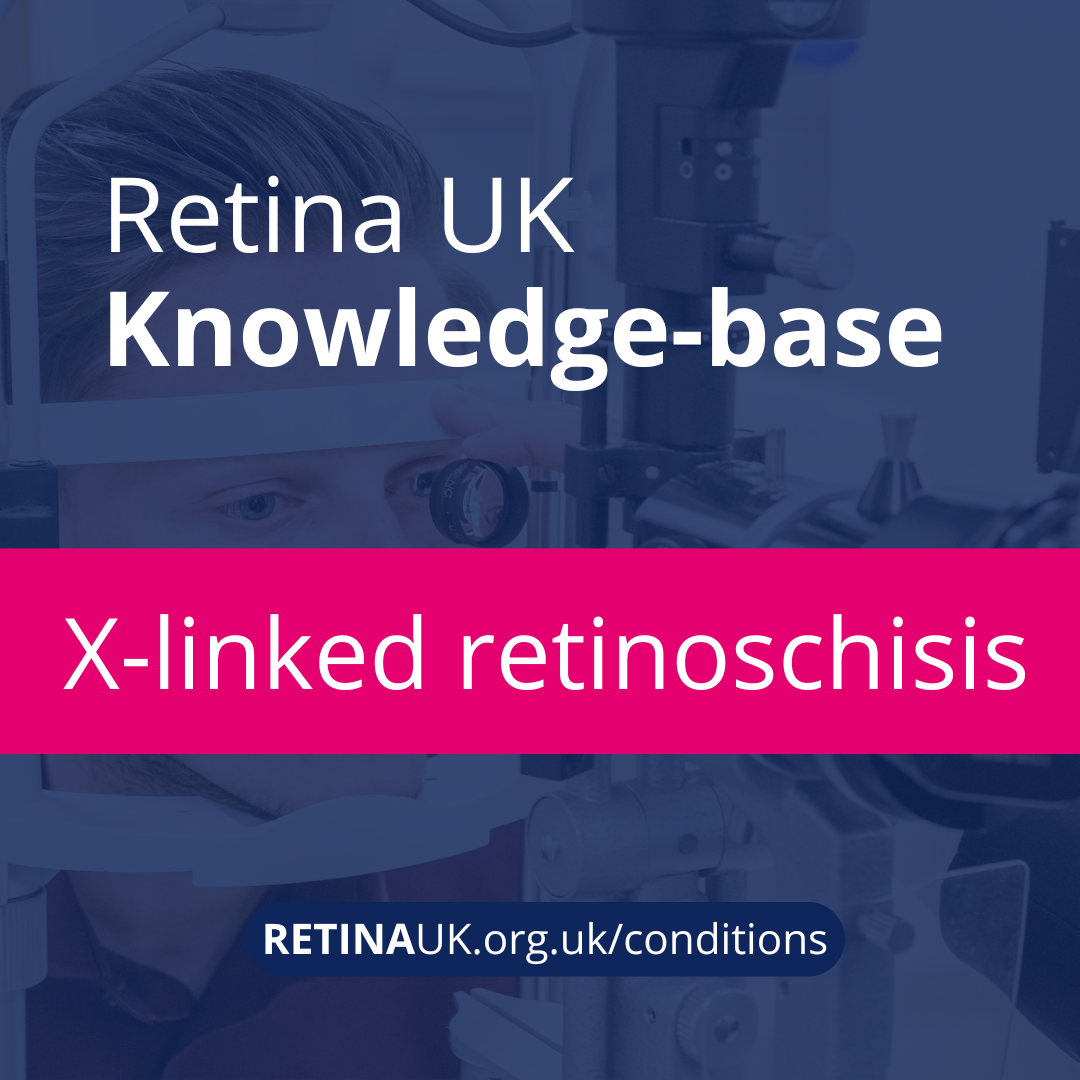
X-linked retinoschisis (XLRS) is an inherited condition that causes early loss of mainly central vision in males.
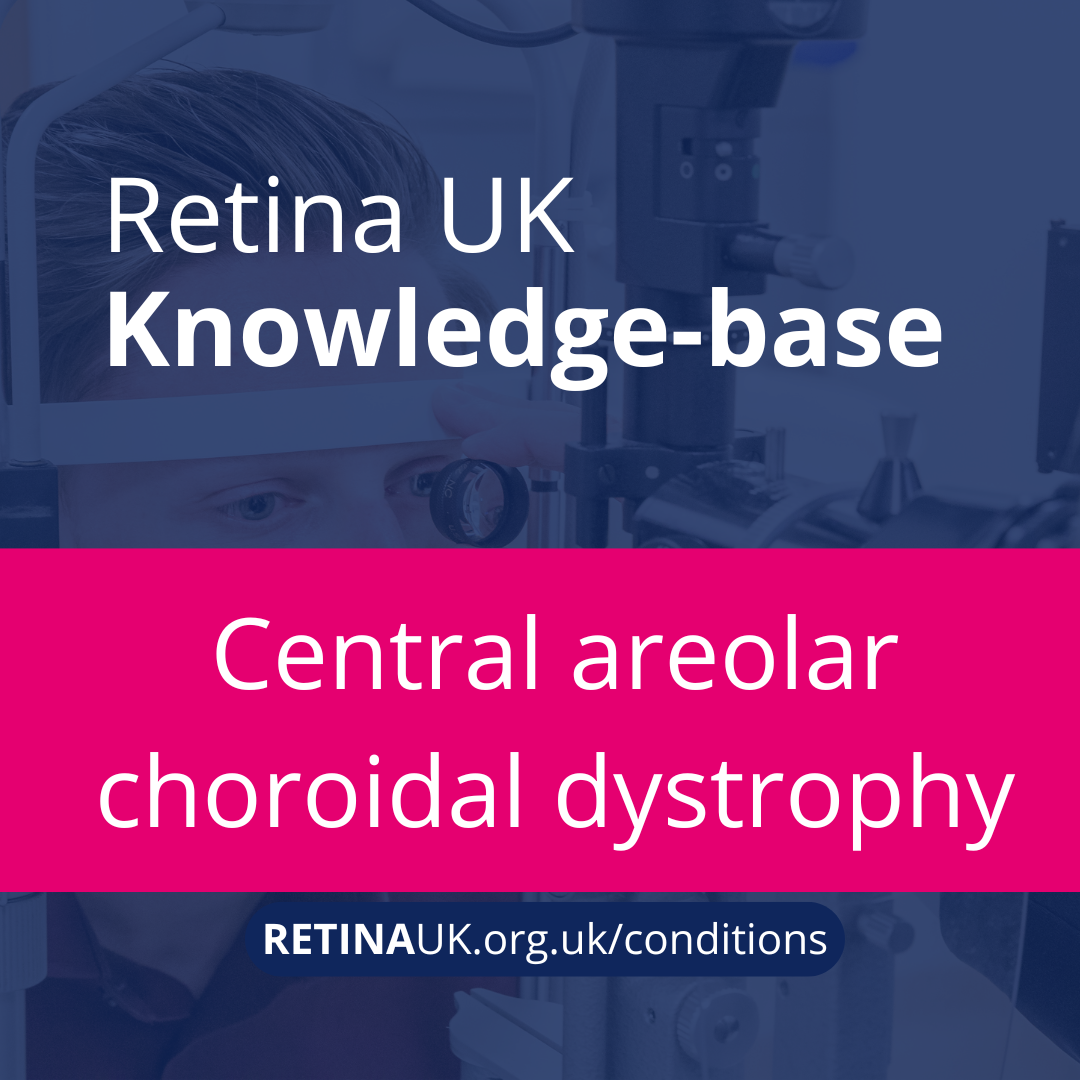
Central Areolar Choroidal Dystrophy (CACD) is a rare inherited condition that affects the macula, the small area in the middle of the retina that is primarily responsible for our central vision.
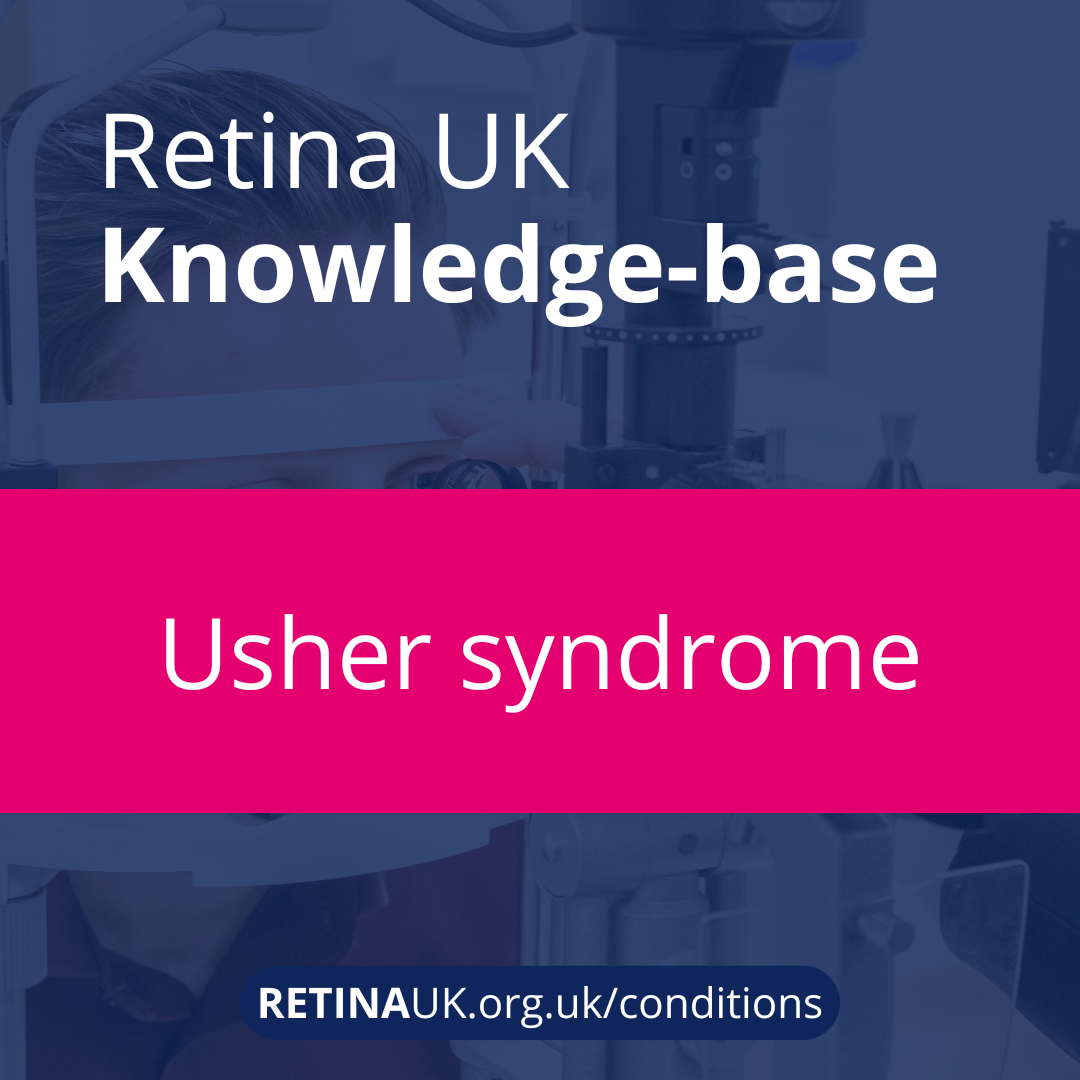
Usher syndrome is an inherited condition that affects both hearing and vision.

Bardet-Biedl syndrome (BBS) is an inherited condition which impacts many parts of the body including the retina.

Alstrom syndrome is an inherited condition which affects many body systems.
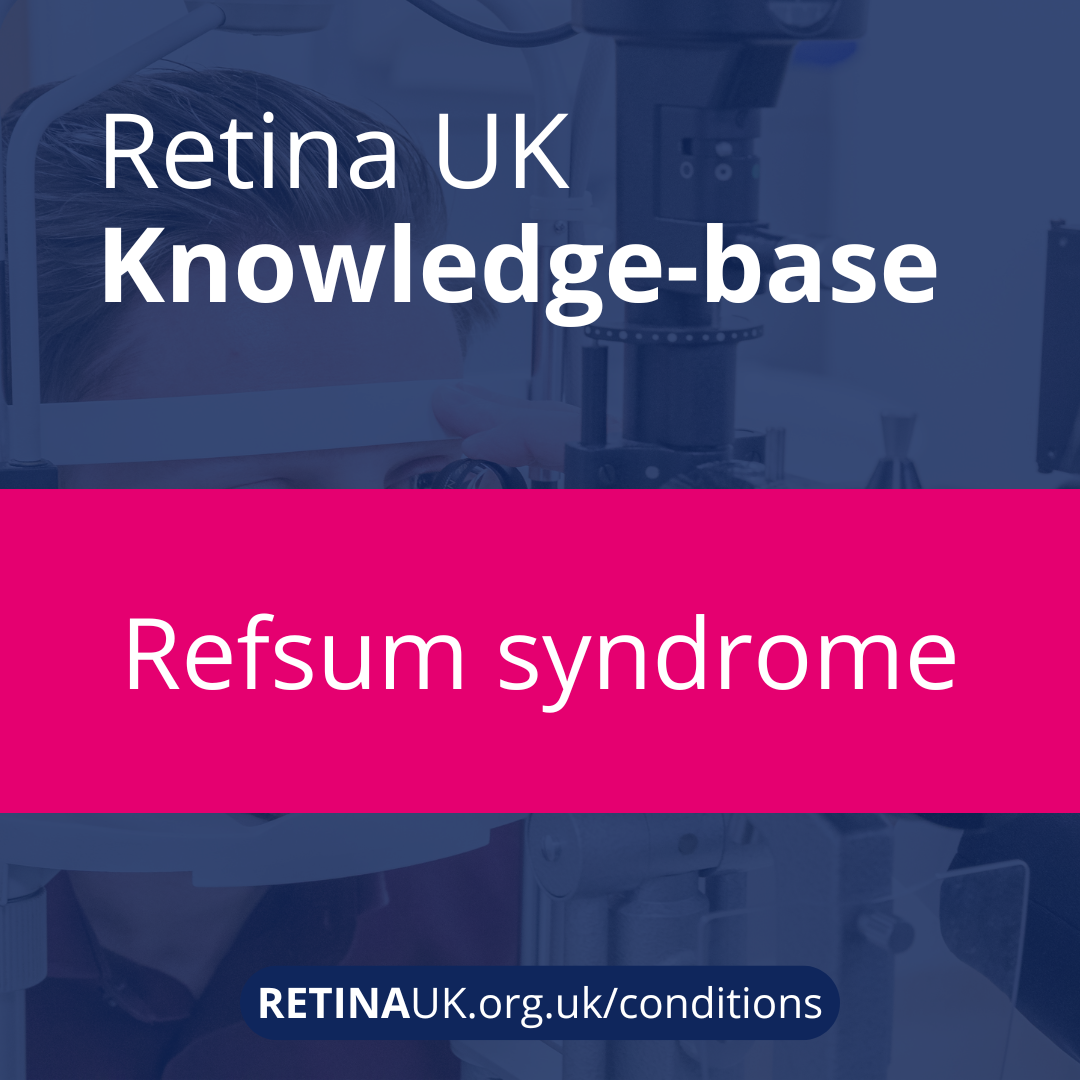
Refsum syndrome is an inherited metabolic condition, associated with elevated phytanic acid plasma levels, which impacts many body systems.
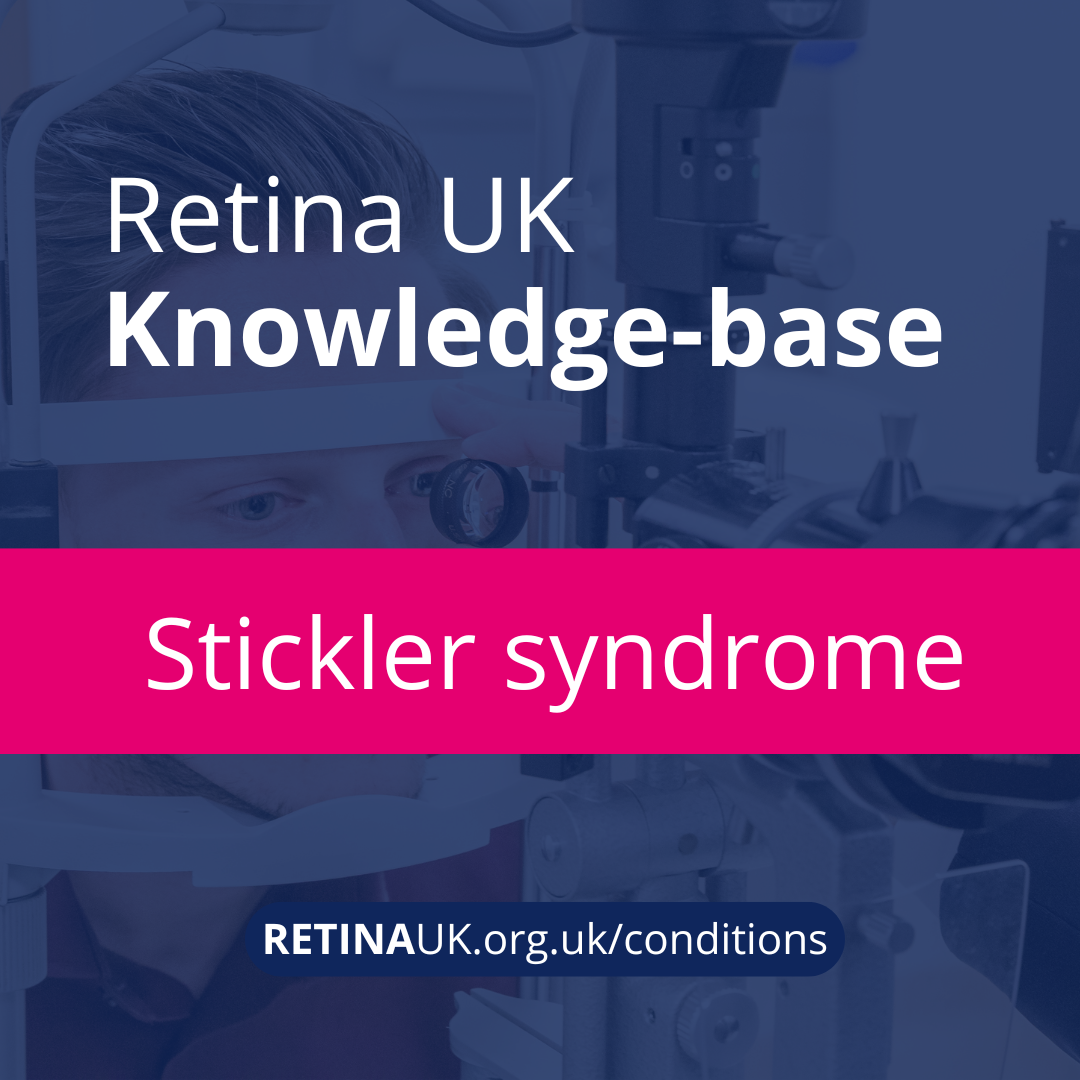
Stickler syndrome is a genetic connective tissue disorder.
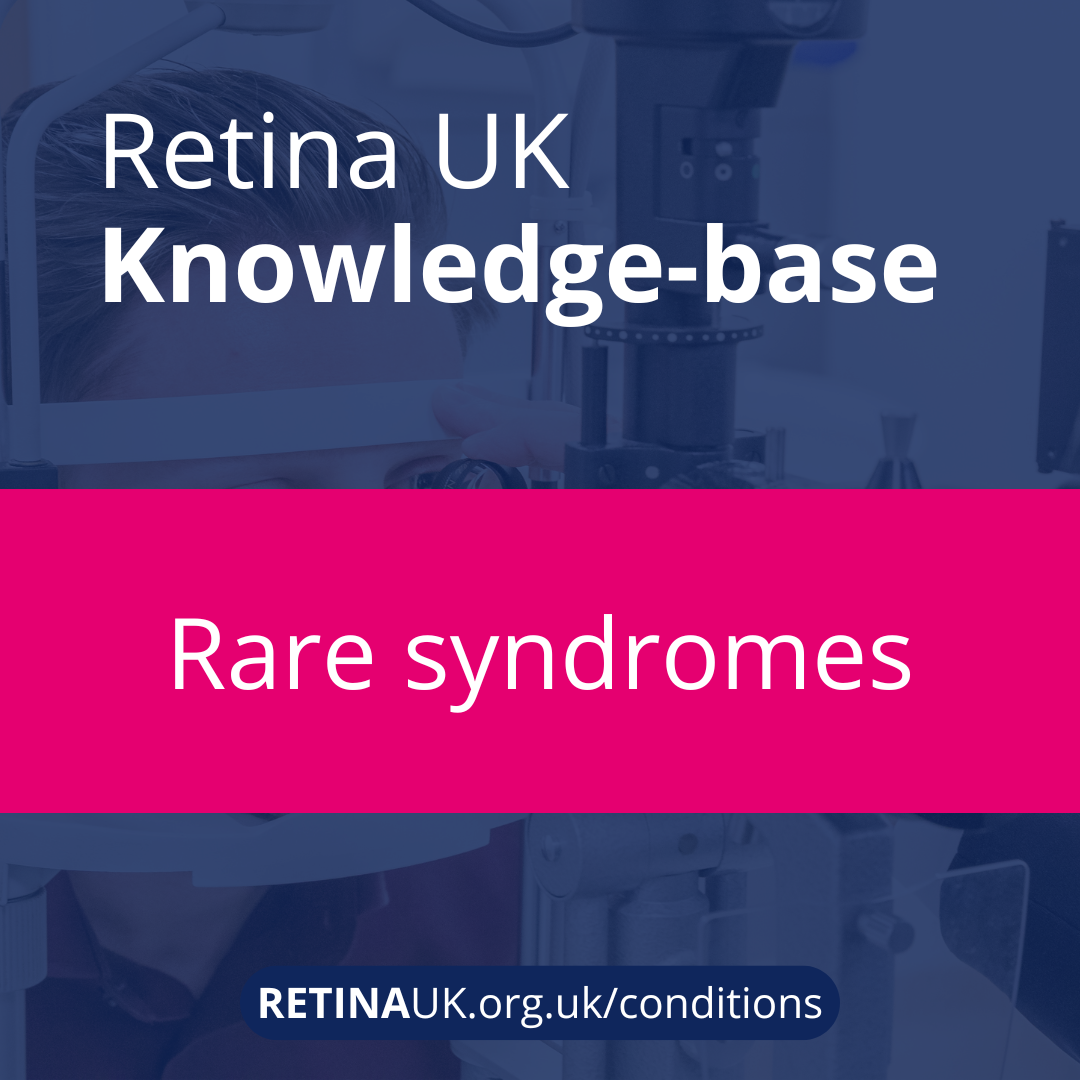
Including NARP syndrome, Bassen-Kornzwieg syndrome, Norrie disease and Pseudoxanthoma elasticum (PXE)
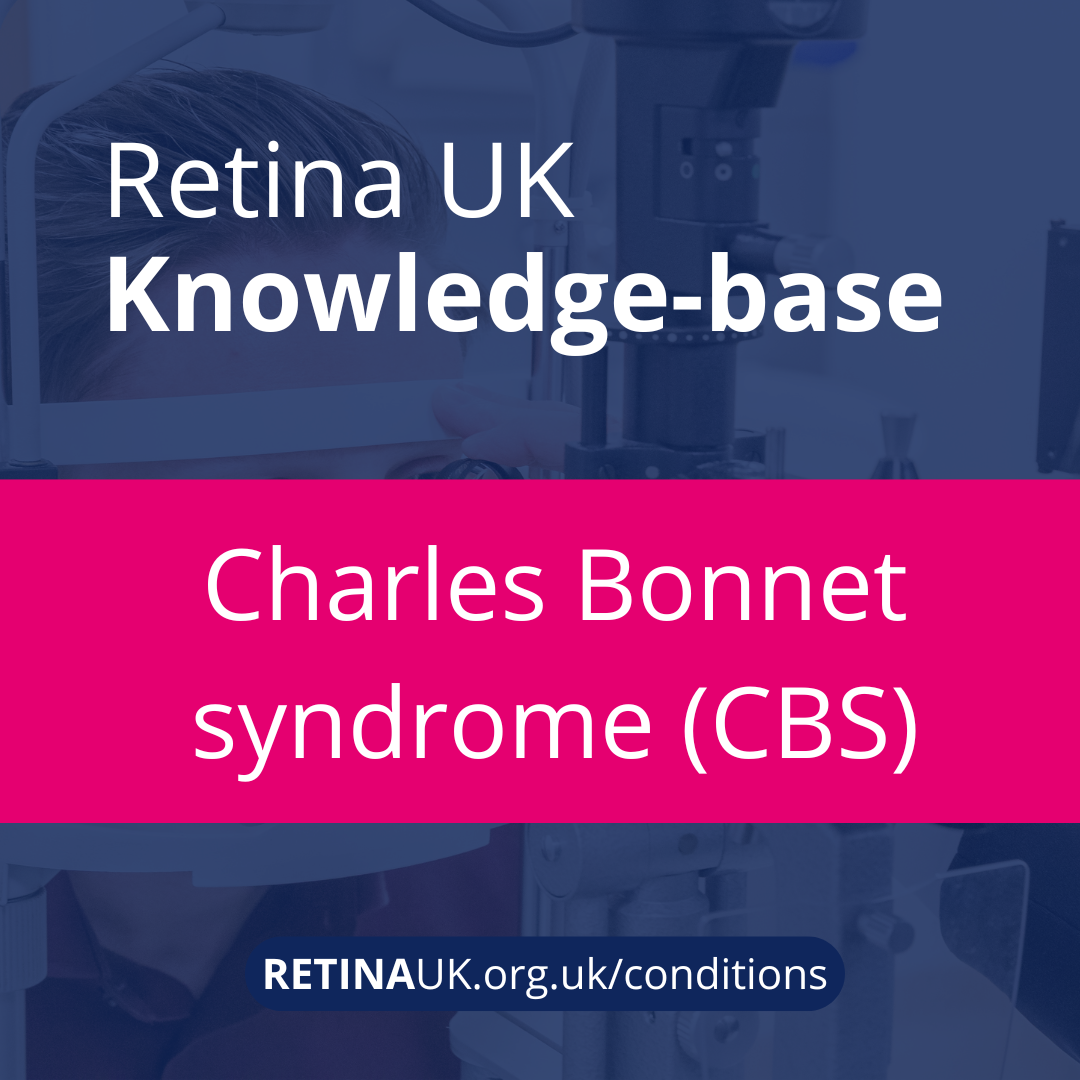
Charles Bonnet syndrome (CBS) causes people who have lost a lot of sight to see things that aren’t real (hallucinations).
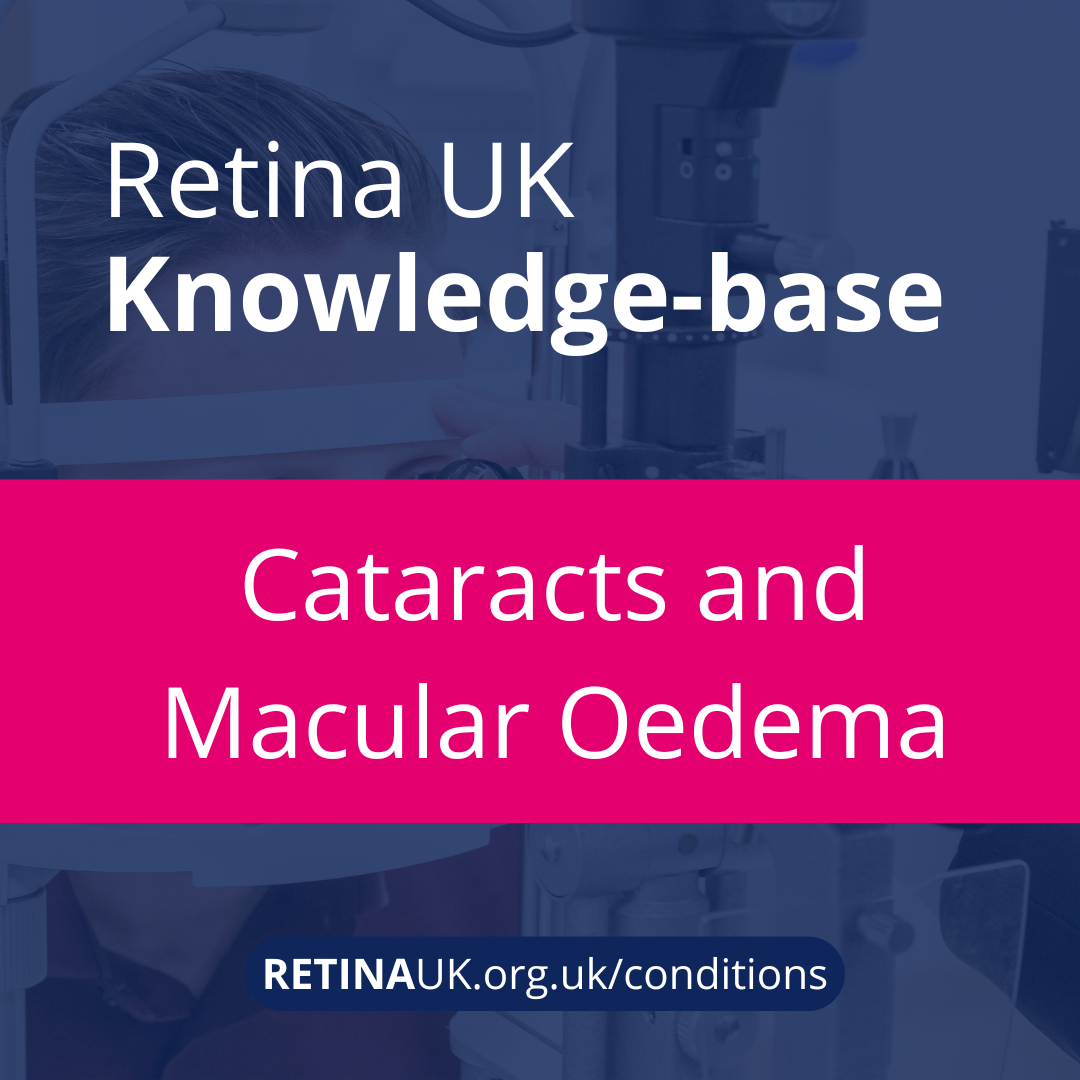
Cataracts and macular oedema are both associated with inherited sight loss and may respond to treatment.
These are conditions that are not directly caused by a genetic fault and are not inherited: